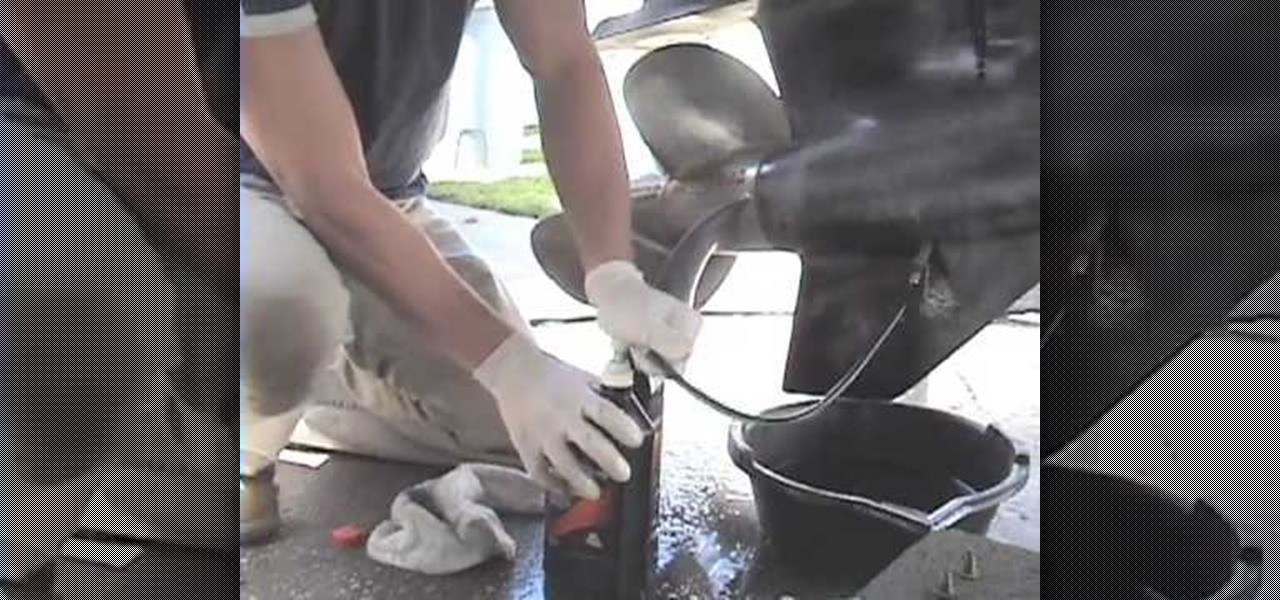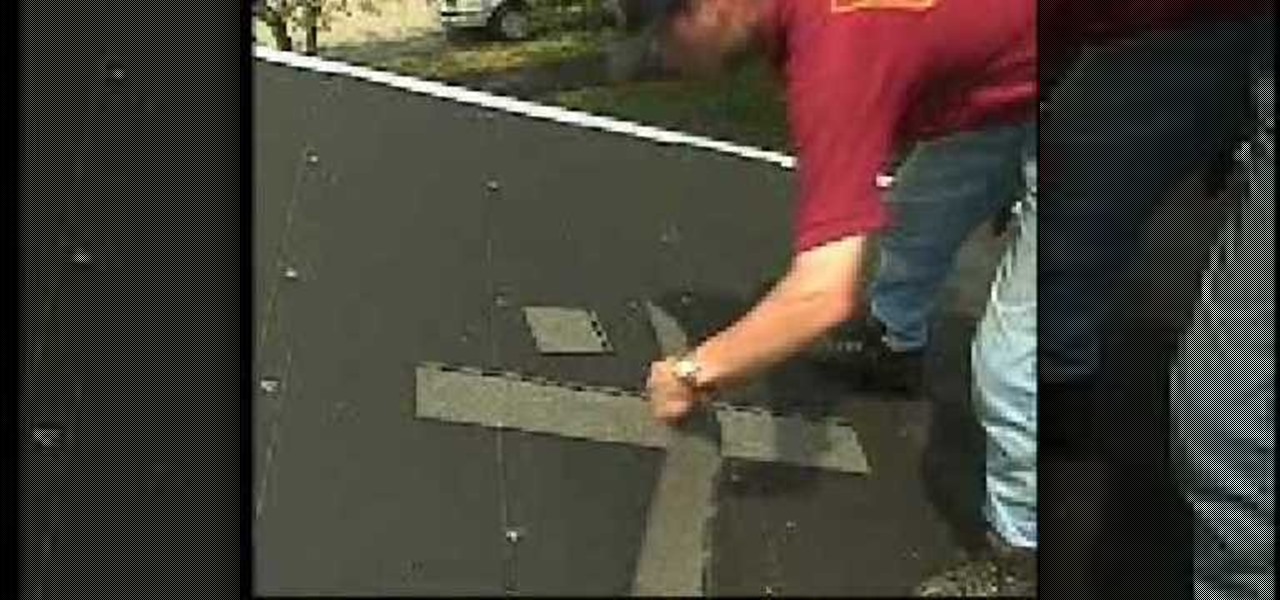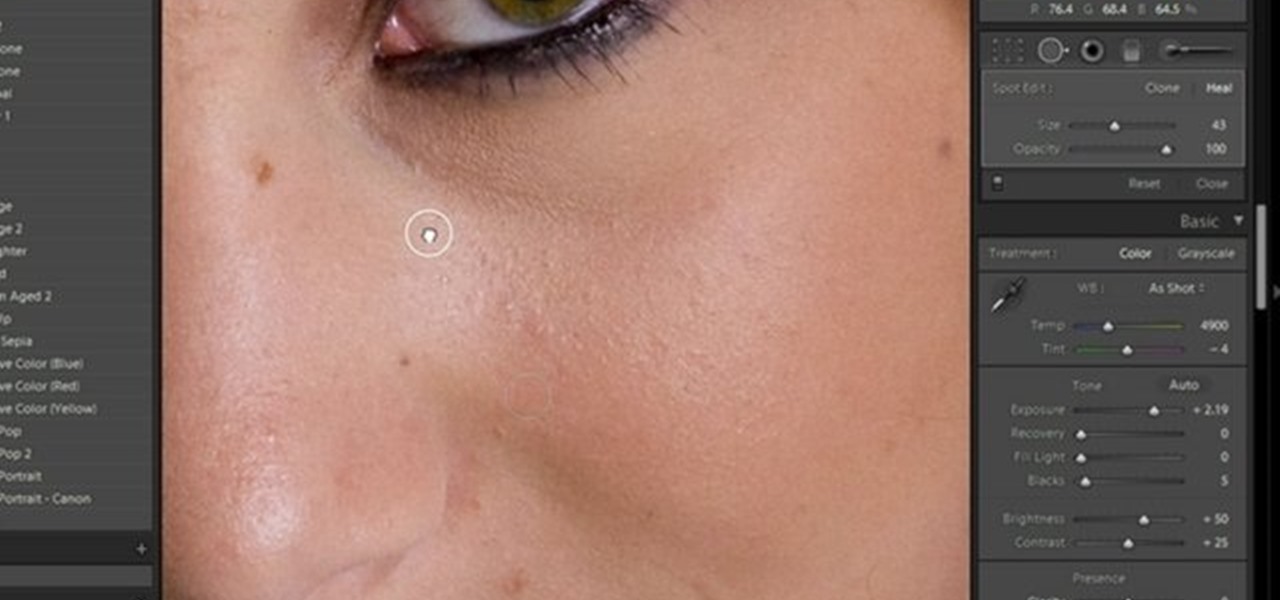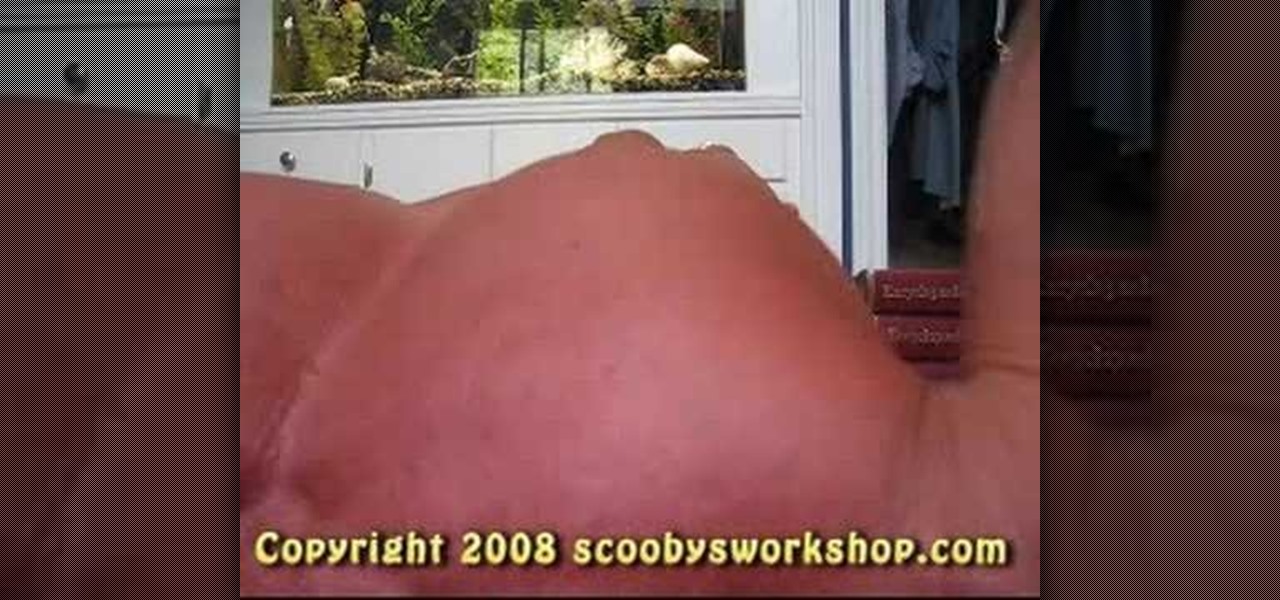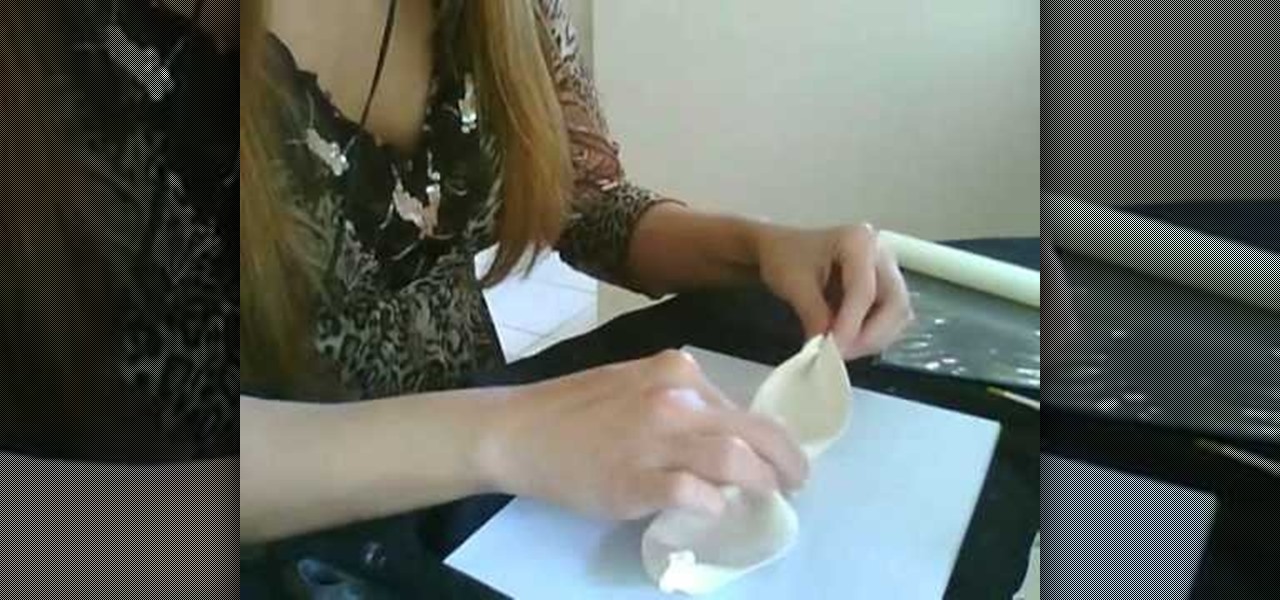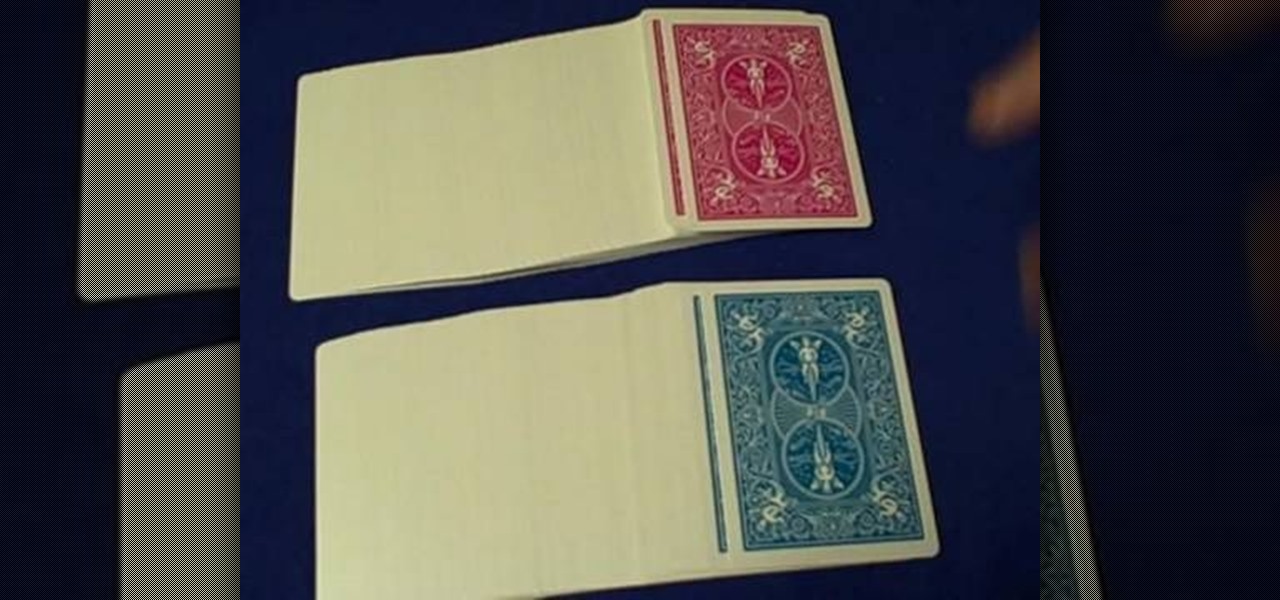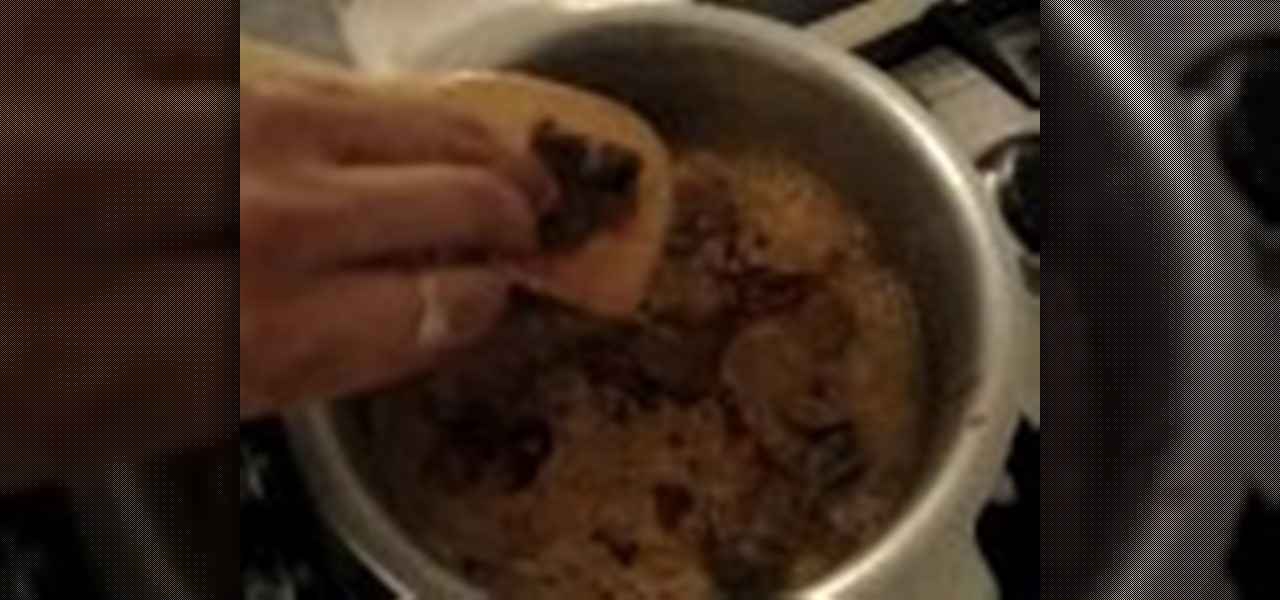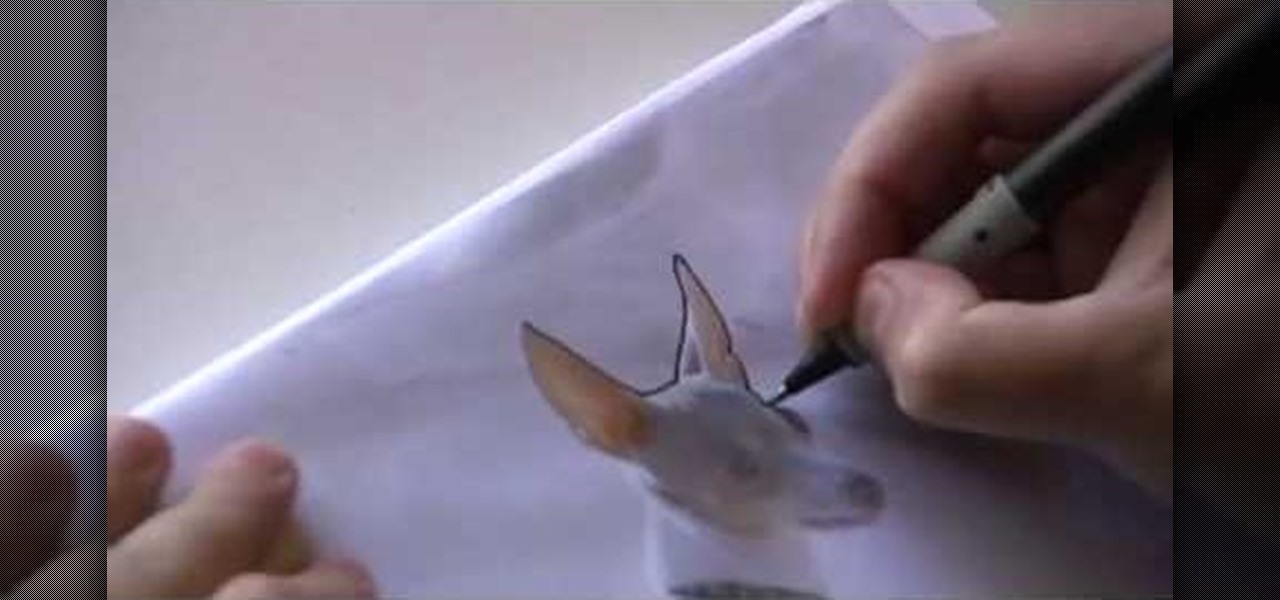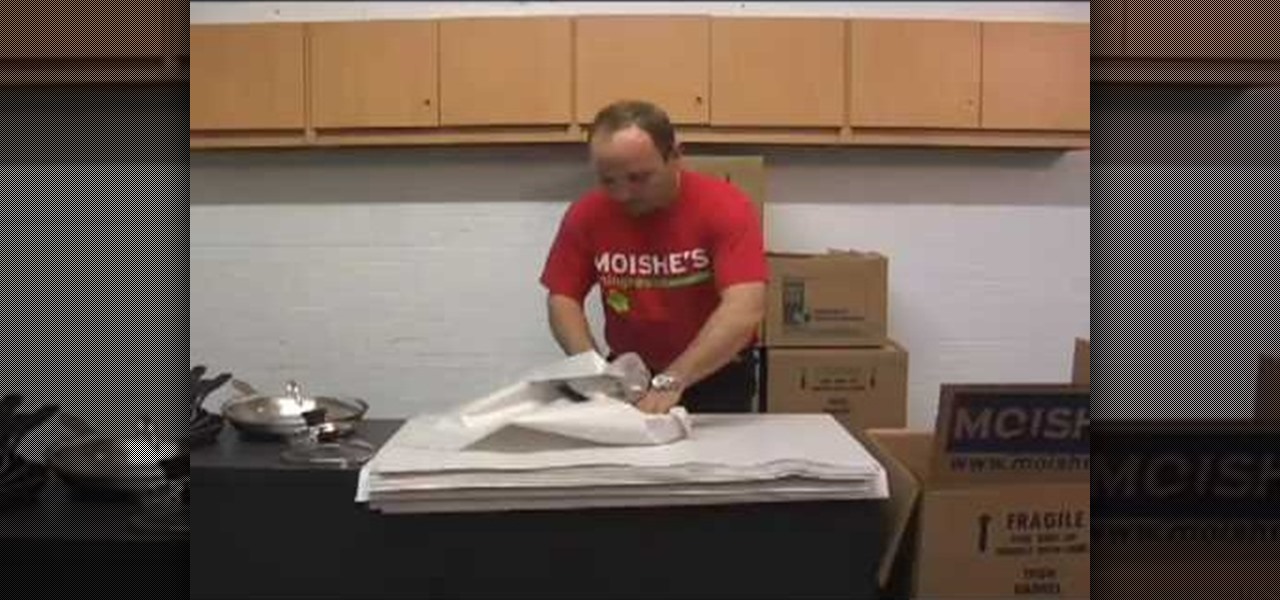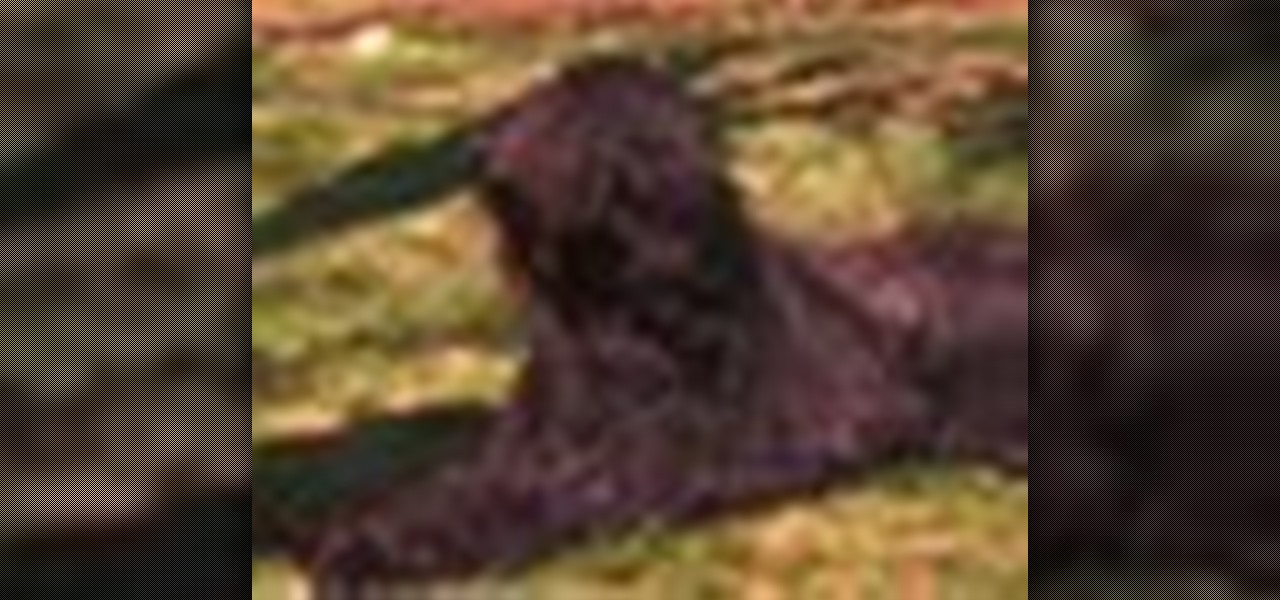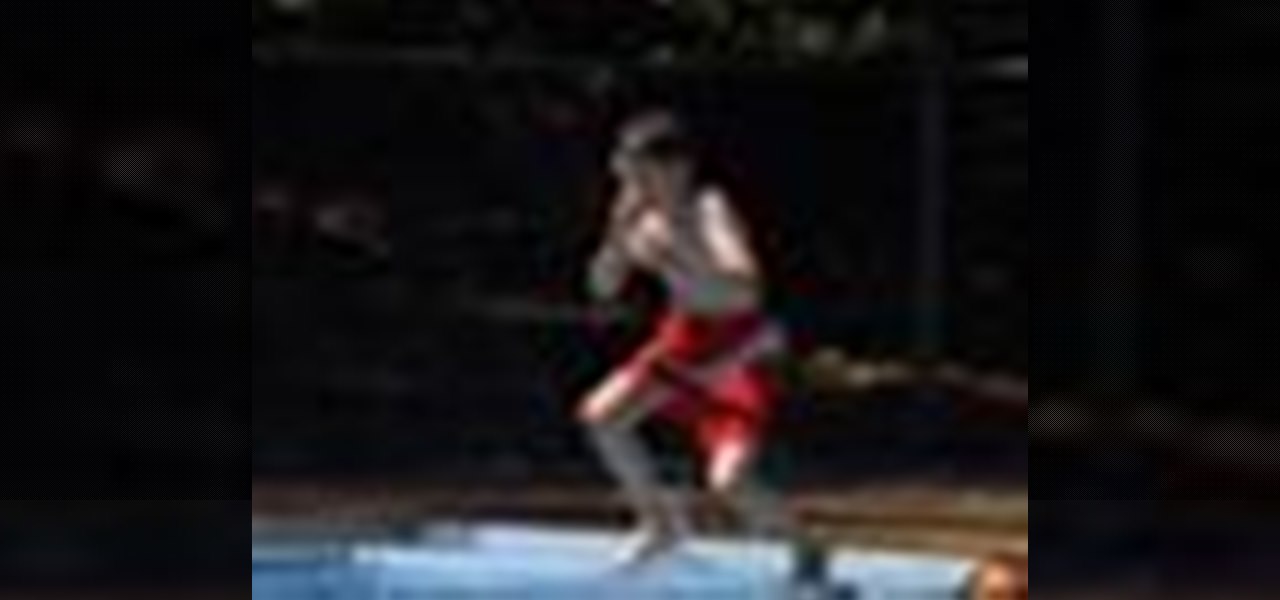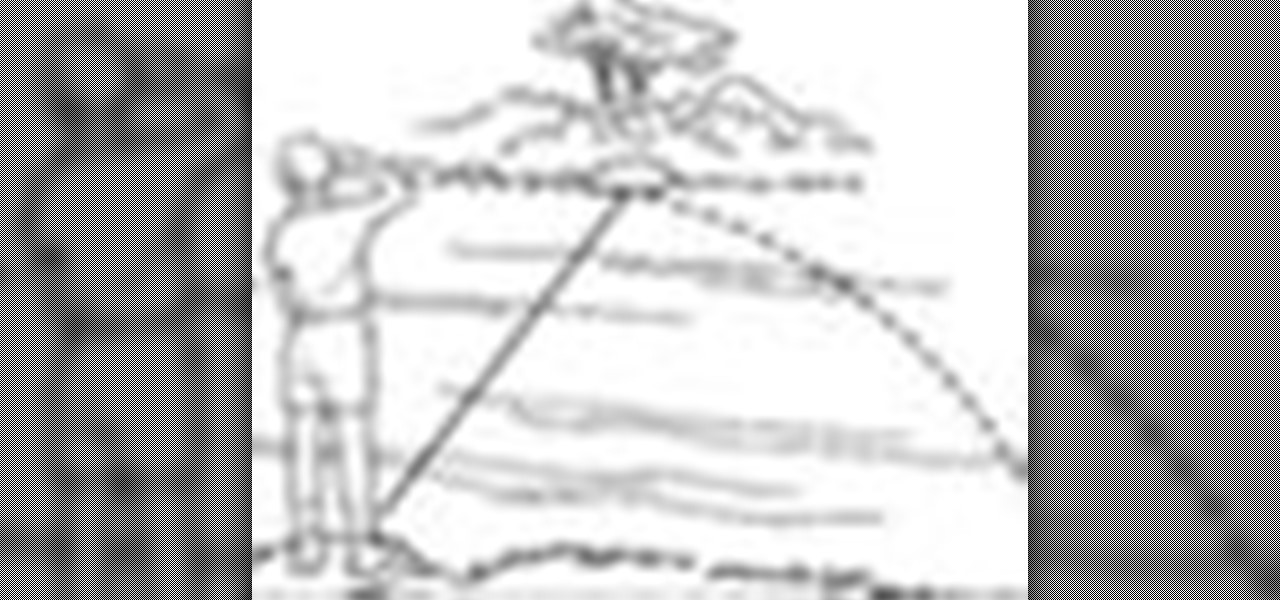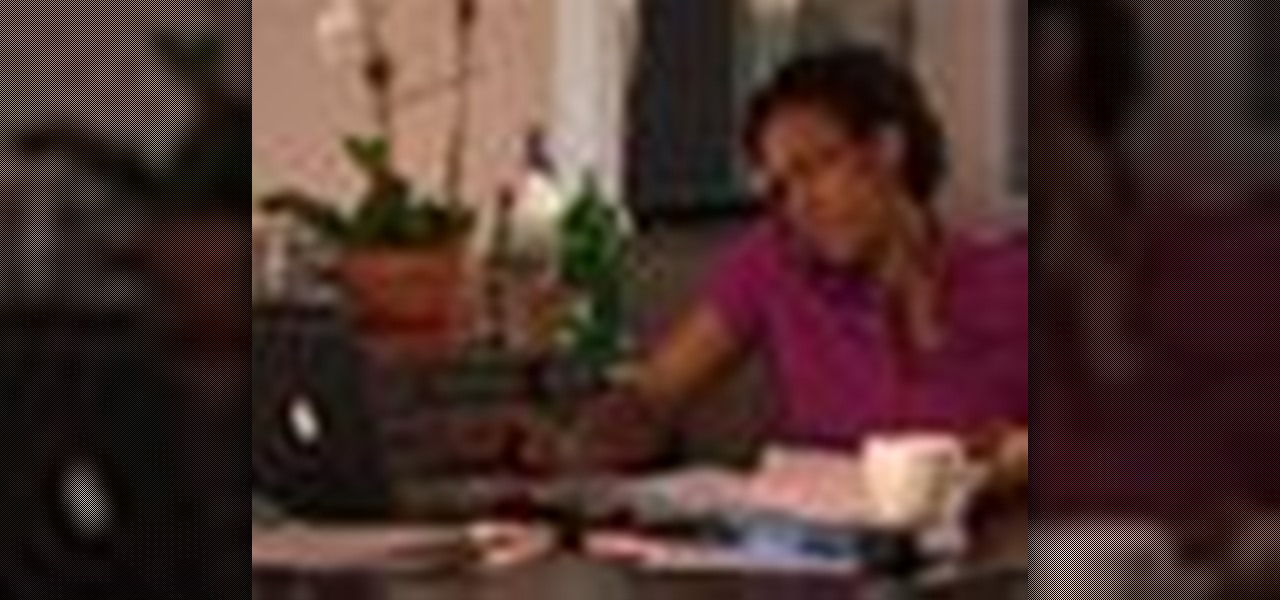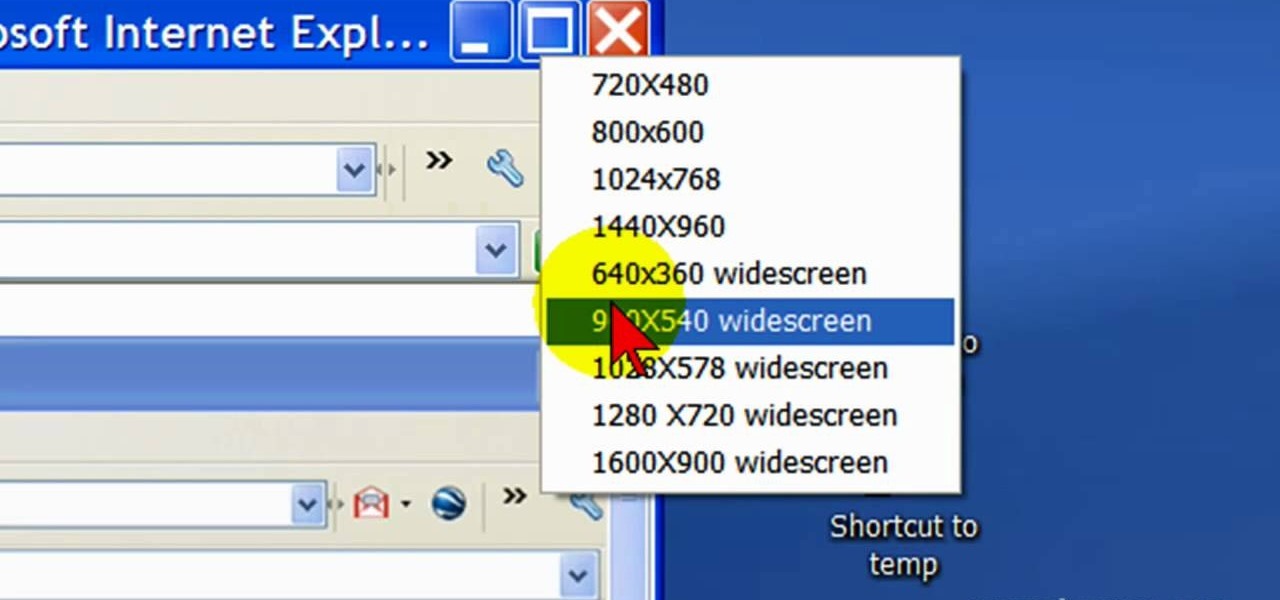
First open up the Camtasia studio and click on the link make a recording. It will open up the Camtasia recorder but before you start the recording you need to click on the tools, options and make sure the "save as AVI" is selected in file menu. Then click on video tab and select the "manual" in "video configuration", 30 in frame rate and click ok. Now download and install the software called "free sizer". Now we need to set the recording area to 1280x720. To do that, right click on the maximi...
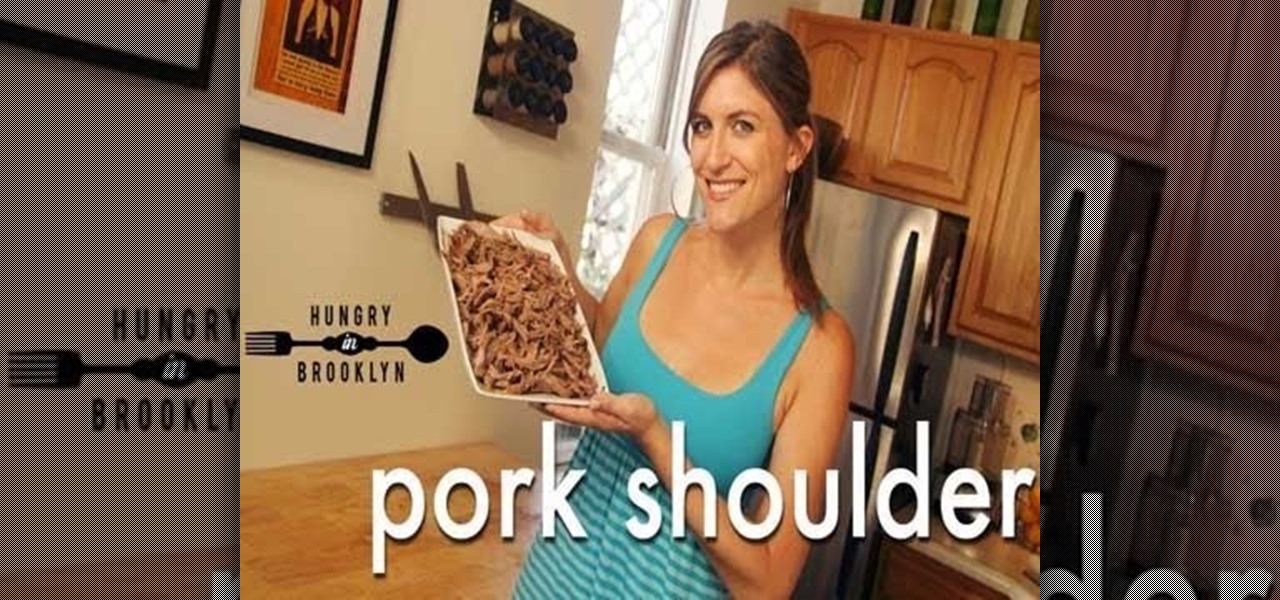
If you're the designated cook, outdoor BBQs should be fun, not time consuming and tedious. But this is what often happens when you're trying to barbacue beef, pork, or chicken and need to make sure each gets its marinade, the right coal or wood chips, and gets cooked long enough.

When cooking on a budget, you have to try to get as much bang for your buck as you can. And when cooking you want to make sure that you are getting a large portion size enough to make you happy. In this video you will learn how to make stuffed Mexican squash with a cheese sauce. These make a great main course that you can also serve with a salad.

A deck is the perfect place for any kind of get together. You can use it for a party, family event, or just to hang out and relax. Decks can help add a certain style to any backyard and help raise the price of the home.
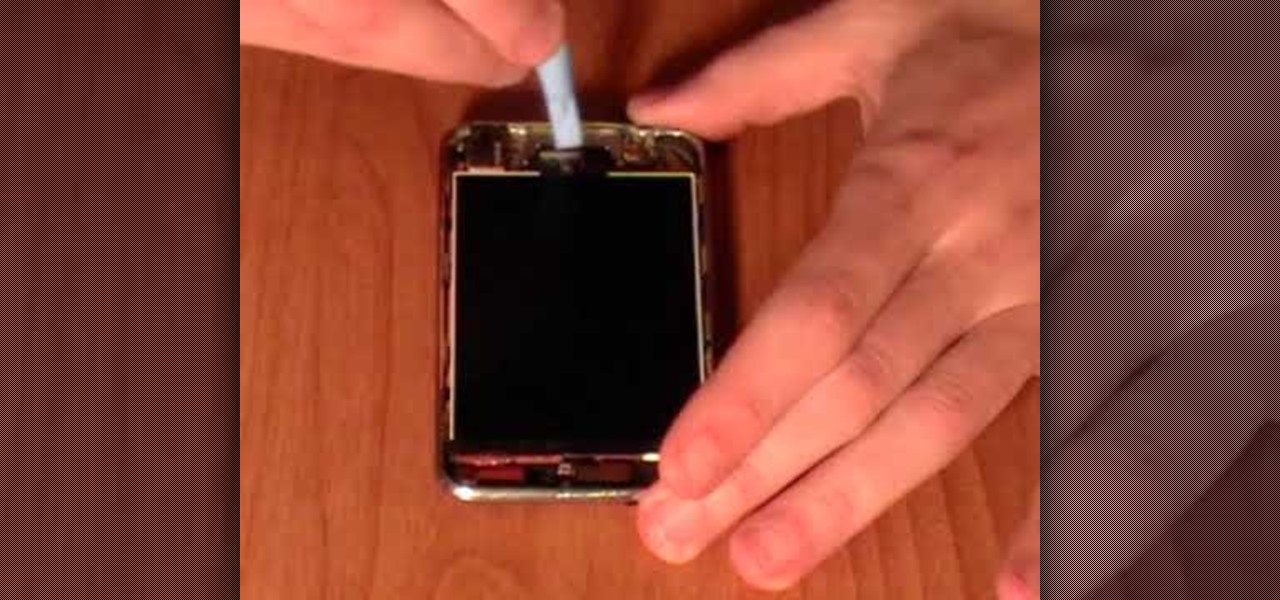
This how to video will show you how to repair an iPod Touch screen. First, take a pry tool and undo the clips of the device's front cover. Now remove the front cover. Use the tool to remove the cable connecting the cover to the main board. Next, remove the screw from the metal frame. Lift up the foil from the top of the screen. Now, remove the LCD screen with the pry tool. Not that it is still connected to the board. Next, remove the screws on the metal board. Release the ribbon to the LCD sc...
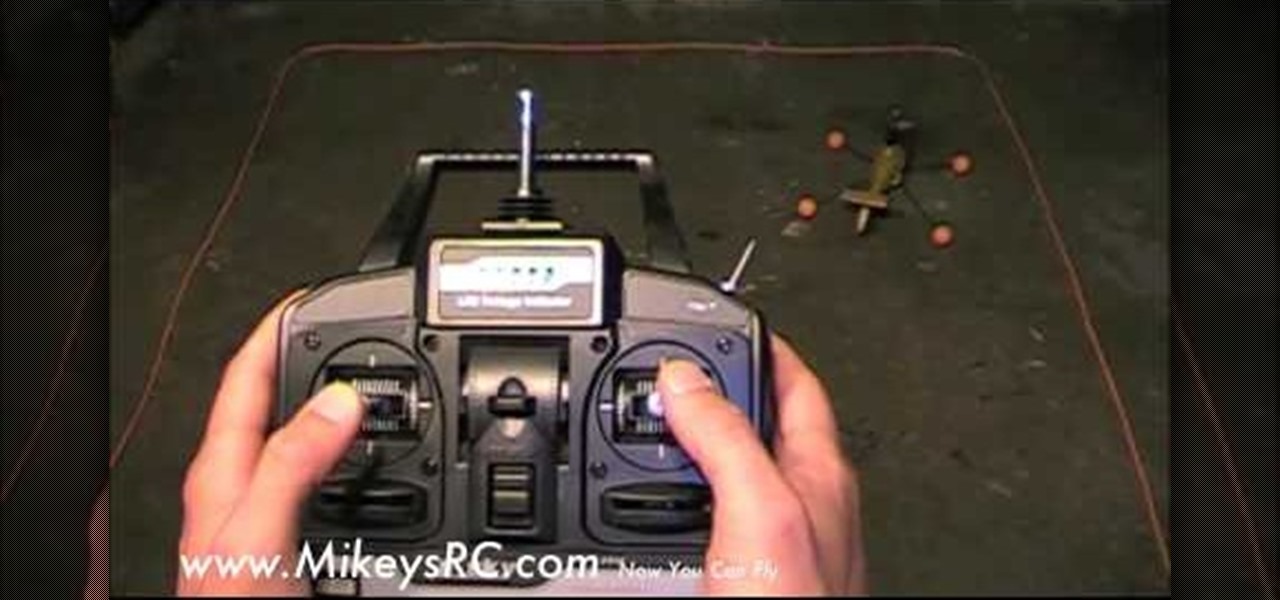
Mikey shows you how to use the cyclic controls on a 6-channel helicopter radio controller. Cyclic controls move a helicopter forwards and back, as well as side-to-side. If you're comfortable with using the rudder controls, you're ready to move on to the cyclic control, usually found opposite of the rudder controls on the radio controller. The control is easiest to use while the helicopter is in the regular orientation, with the tail pointed towards you. Mikey also demonstrates how to use the ...

Looking to work on your form? Try this free video golfing lesson for size. In short: When putting, to be able to release the putter down the line to your target, the club must travel slightly inside the target line. For a complete overview of how to become a better putter, watch this video guide.

How to change the outdrive gear fluid on your boat.

This video is about how you can change someone's eye color. The first thing to do is to load up a picture in which you want the eye color to change. The next step is to zoom in the eye that you're interested in working on. Just simply press "D" button on the keyboard and draw a rectangular shape on the eye. Now that you've zoomed in, make a selection of the iris, the part that we want to change the color on. The first thing is, you need to set up colors found on the lower left of the window. ...

GAF roofing has a four nail pattern. The shingles come in 2 sizes: English and metric. In this video we will be using English sizes. Place the shingles in a row by row pattern. You may move left to right or right to left but never move up the roof. You may have the shingle hanging over the roof by 1/4 in. Install the leak barrier in high wind areas. Place the second shingle next to the first. Five inches of the underlying shingle should be exposed. Use a whole shingle for the first course. Th...

Kerry Garison demonstrates a quick tip of healing tool (Lightroom 2. 0), which is situated on the upper right hand corner of the screen, with the help of lady's image. Click on spot removal tool which can be used for cloning and healing. In order to change the brush size, scroll wheel mouse or left or right rapid keys can be used. Brush size, change in opacity can be changed also by clicking and dragging the bar; from there cloning or healing options can be selected also. After clicking the h...

Dumbbell flys are some of the best exercises out there for building your chest. However, many people don't know the proper way to do this and their workout suffers because of it. Follow the techniques and advice in this video to start building killer pecs.

This video shows you how to create a continuous, daisy-chain necklace. The materials used include: size 11 rock eyes in yellow, red and purple, a toggle clasp , 9mm thread and a size 10 beading needle. Start by sewing on one half of the clasp, tying a knot to hold it in place. Be sure to leave the tail ends long enough to be able to re-thread it later with a needle to sew the tail ends. The video then shows the precise order in which the various beads are threaded through to produce a chain i...

Advance Photoshop shows viewers how to make the Photoshop CS3 icon in Photoshop. First in Photoshop go to File and then click New. Make a new blank at 500 x 500 pixels. Go to your layer button and create a new layer. Next, go to your rectangular marquee tool, hold down shift, and make the rectangle slightly smaller than the canvas itself. Set it from foreground to background and change the background color to a dark blue, enter 15396F for the color. Click on foreground color and enter 3070CA ...

1. Use a piece of gum-paste, fondant, or candy clay about the size of a tennis ball 2. I first will roll about 1/2 of the dough through my pasta machine to a medium thickness (#4) or roll your fondant to approx 1/4 in. thickness 3. You could also use a pizza cutter or knife to cut the strips. Take two strips out to be the bow tails and then cut 2 strips in half to make thin little loops for fill-ins 4. Hang the loops over a dowel or large stick such as a broom handle (about 1in wide) 5. Wet t...

A tutorial on the proper way of doing 190 Helix false cut card trick. Hold the deck in your right hand. Take a small section of the top and lock it in between your left hand's thumb and index finger. Using ring finger, pull the first section back. Take a small section from the bottom part and lock it in between your left hand's thumb and index finger. Pull the first section back on top of the left hand. Split the remaining cards in Your right hand in two. Grab the second section from your lef...

This how-to video is about how to make Pakistani aaloo gosht (meat curry with potatoes). Ingredients required:

This video demonstrates how to make cotton candy using the Gold Medal X-15 machine. Plug in the three-prong chord in its own independent jack. Use a heavy duty three-prong extension cord if needed. Remove the clips from the net and spread the net around the inside of the pan, and clip it onto the sides of the pan in four places. Use commercially prepared floss mix, and carefully pour it into the spinner head while the machine is off. Cover the pan with the dome and turn the power on, setting ...

Dog trainer Emily Larlham from Dogmantics teaches how to paint your pet's portrait without having a background in art. Colors used in this tutorial include Titanium White, French Ultramarine Blue, Burnt Sienna (a brown), Burnt Umber (a dark brown), Alizeran Crimson (a red), Cadmium Yellow, and Cadmium Orange. Other colors that are a good beginners palate include Cadmium Red and Yellow Ochre.

If you've got T-Mobile as your carrier, and you have an unlimited texting plan, check out this video to learn how to enable MMS on your iPhone. Assuming you have this plan, you should be able to send multimedia messages.

To pack these items properly, you'll need a large size box sometimes called a dish-pack. You will also need packing tape and packing paper. This video tutorial will demonstrate how to keep you pots and pans packed safely in a move.

Rolling over is a simple trick that any dog can master, and it will help you build confidence in your dog. Learn how to teach your dog to roll over with this how to video.

If you're into fingerboarding, then you're going to want to watch this video tutorial to see how to improve your fingerboard skills. Watch to learn how to make a fingerboard rail. With just a few materials, your finger-skateboard will be riding rails in no time.

Understand the concept of tuning a rope djembe. The proper sound is achieved with minimum effort for maximum effect. The key is to either focus or disperse the hand's energy, and position the hand in the correct place. The bass and tone notes require focused energy (a beginner will have the most success by holding their fingers firmly together), while the slap requires dispersed energy (fingers are relaxed).

Second Class Boy Scouts work on building their outdoor survival and camping skills. Compass work, nature observation, camp tools, and swimming are areas where new skills are mastered and demonstrated. A second class scout, having completed all the requirements, should be able to lead a hike, care for his own equipment, set up a campsite, and perform basic first aid.

As a Boy Scout, when the First Class rank is attained, a scout has learned all the basic camping and outdoors skills of a scout. He can fend for himself in the wild, lead others on a hike or campout, set up a camp site, plan and properly prepare meals, and provide first aid for most situations he may encounter. A First Class scout is prepared.

Achieve your goals by breaking them down into bite-sized pieces, and use digital shortcuts to track your steps towards success.

Finished almost completely in the embroidery hoop, these drawstring bags are just the right size for gift cards, jewelry, candy, and more! Watch this embroidery video and learn some great tips for making your own beautifully embroidered drawstring bag.

Standing dumbbell hammer curls are a great exercise for building overall thickness and size in your biceps and forearms. With this how to video you can add the standing dumbbells hammer curls exercise to your workout and watch your arms grow.

Standing alternating front dumbbell deltoid raises are a great exercise for building overall thickness and size in your front deltoids. With this how to video you can add the standing alternating front raises exercise to your workout and watch your shoulders grow.

Standing front dumbbell deltoid raises are a great exercise for building overall thickness and size in your front deltoids. With this how to video you can add the standing front dumbbell deltoid raise exercise to your workout and watch your shoulders grow.

Seated dumbbell hammer alternating bicep curls are a great exercise for building overall thickness and size in your biceps and forearms. With this how to video you can add the seated dumbbell hammer alternating bicep exercise to your workout and watch your arms grow.

Seated dumbbell hammer bicep curls are a great exercise for building overall thickness and size in your biceps and forearms. With this how to video you can add the seated dumbbell hammer bicep curl exercise to your workout and watch your arms grow.

Seated dumbbell alternating bicep curls are a great exercise for building overall thickness and size in your biceps. With this how to video you can add the seated dumbbell alternating bicep curls exercise to your workout and watch your arms grow.

Seated dumbbell curls are a great exercise for building overall thickness and size in your biceps. With this how to video you can add seated dumbbell bicep curls exercise to your workout and watch your arms grow.

The incline dumbbell bench press is a great upper chest exercise. Use this exercise for building overall thickness and size in your pecs. With this how to video you can add the incline dumbell bench press exercise to your chest workout and watch your pecs grow.

Incline bench dumbbell curls are a great exercise for building overall thickness and size in your biceps. With this how to video you can easily add the incline bench dumbbell curl to your workout and watch your biceps grow.

The incline barbell bench press is the king of all upper chest exercises. The incline bench press is the foundation for building overall thickness and size in your pecs. Watch this how to video you can add the incline barbell bench press to your chest workout and watch your pecs grow.

The standing cable rope curl is a great exercise for building overall thickness and size in your biceps. With this how to video you can add the cable rope curls to your biceps workout and watch your arms grow.

The standing cable curl is a great exercise for building overall thickness and size in your biceps. With this how to video you can add the cable curl exercise to your biceps workout and watch your arms grow!









